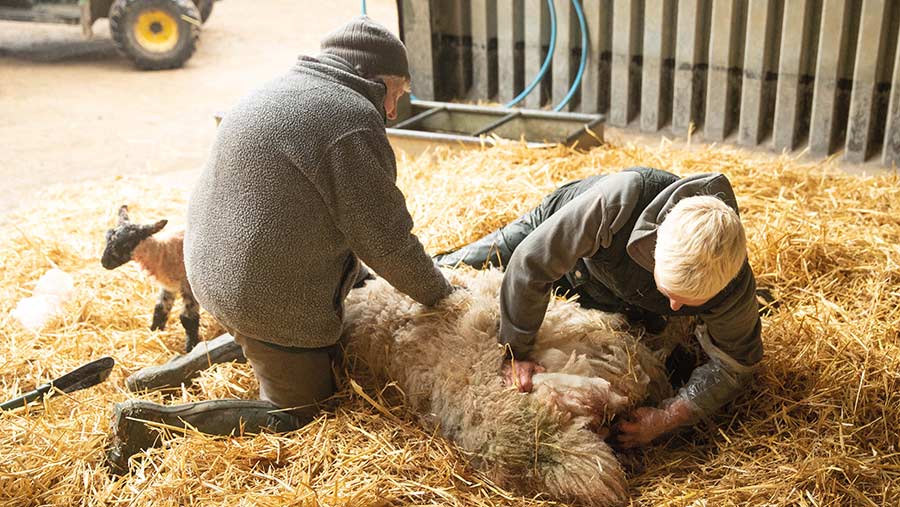Business Clinic: Partnership profit-sharing tax issues
 © Tim Scrivener
© Tim Scrivener Whether you have a legal, tax, insurance, management or land issue, Farmers Weekly’s Business Clinic experts can help.
Here, Andrew Robinson, partner and head of agriculture at Armstrong Watson, discusses the tax and non-tax issues to be aware of when it comes to profit sharing.
See also: Business Clinic: What are the tax issues on selling stock?
Q. I am in partnership with my parents. In recent years I have received 50% of the profit and my parents 25% each. It has been suggested that there will be a tax saving this year if I receive less, and my parents get more. Can you advise if this is a good idea?
A. There is much more to consider than tax bills when deciding on how to share profits. I will first look at the non-tax issues, before looking at the practicalities of amending the allocation.
One of the most important sections within partnership accounts is frequently overlooked within family businesses – the statement of partners’ capital and current accounts.
This shows how the assets are owned within a partnership, and what you will receive back if you retire from the partnership. Do not assume that because you receive 50% of the profits, that you own 50% of the business.
A person’s capital ownership of a partnership will depend on the following:
- The amount of capital originally invested, or gifted to you
- The share of annual profits allocated to you
- The amount of drawings taken out of the business
- Your entitlement to profits on revaluation or sale of capital assets such as land
It is not uncommon for younger partners to have a low share of capital in the business, as their profit share each year and the drawings taken out are broadly the same.
Where one partner in a business is liable for income tax at 40% on their profit share, and others have not used all their 20% bands, there can be a saving from reallocating profits.
Similarly, if some partners are over the state pension age, they are not liable for Class 4 National Insurance, and there may be a saving from allocating more profits to them.
However, HMRC guidance is that a business cannot retrospectively change its profit-sharing agreement.
Therefore, if you have a signed partnership agreement that states you are entitled to 50% of the profits, HMRC may argue that you can only vary this for future years.
Many modern partnership agreements include a mechanism to allow the partners to determine the allocation of profits after the end of the accounting period, and this allows profits to be shared more tax-efficiently if the partners agree.
However, as mentioned above, a reduced share of profit will result in a lower current account balance, which means a lower payment on a future retirement from the business.
Thought needs to be given as to what happens if the partners cannot agree how to share profits.
If there is no provision in the partnership agreement, or you don’t have an agreement, then the default position under the Partnership Act 1890 is to share profits equally.
One solution is for the partnership agreement to have a default profit-sharing agreement that only applies if the partners cannot agree.
Do you have a question for the panel?
Outline your legal, tax, finance, insurance or farm management question in no more than 350 words and Farmers Weekly will put it to a member of the panel. Please give as much information as possible.
Email your question to [email protected] using the subject line “Business Clinic”.
